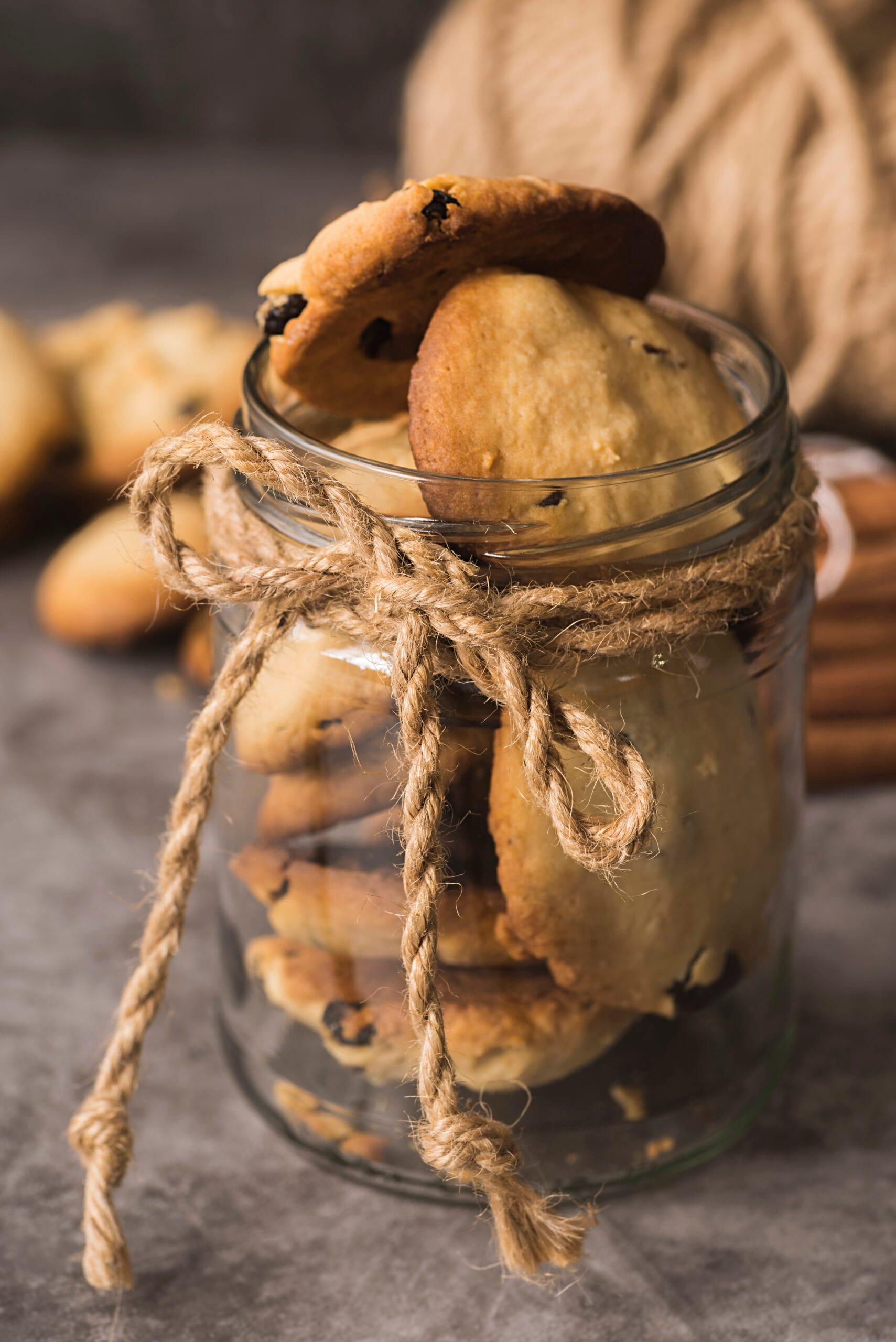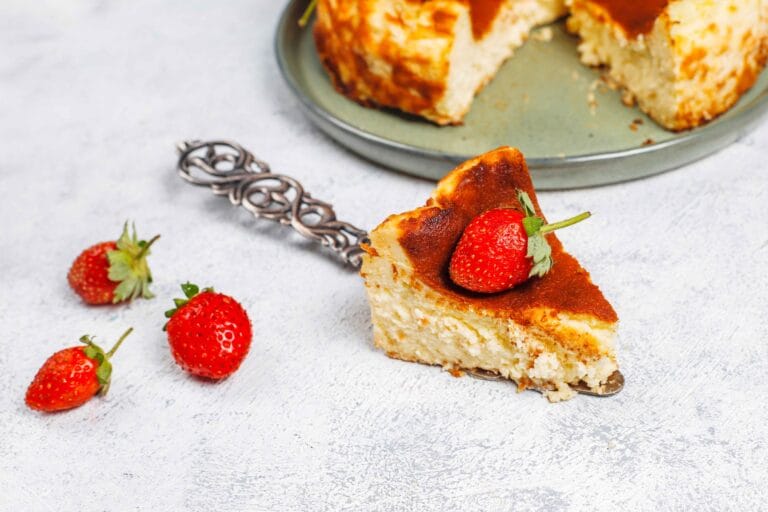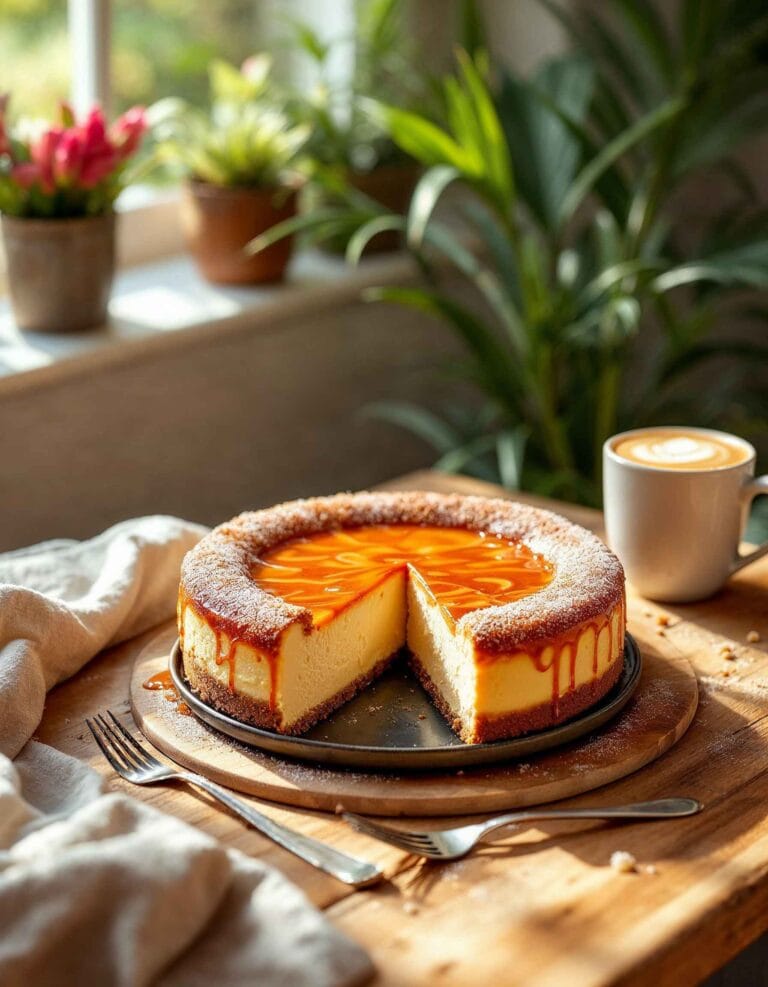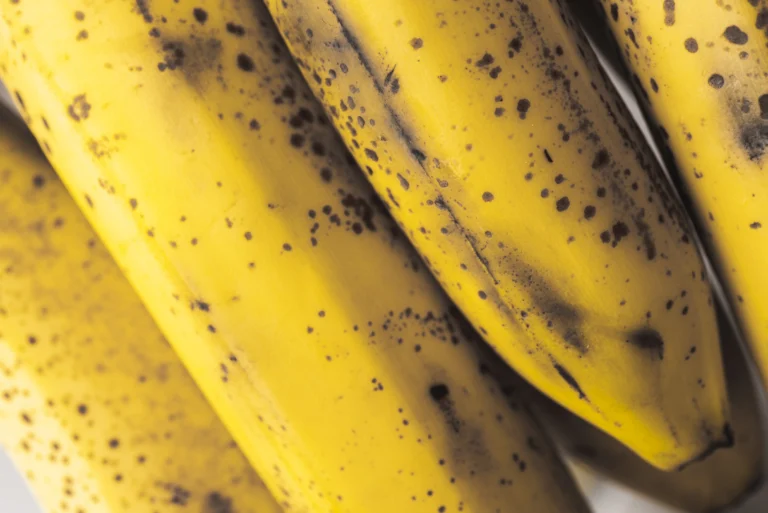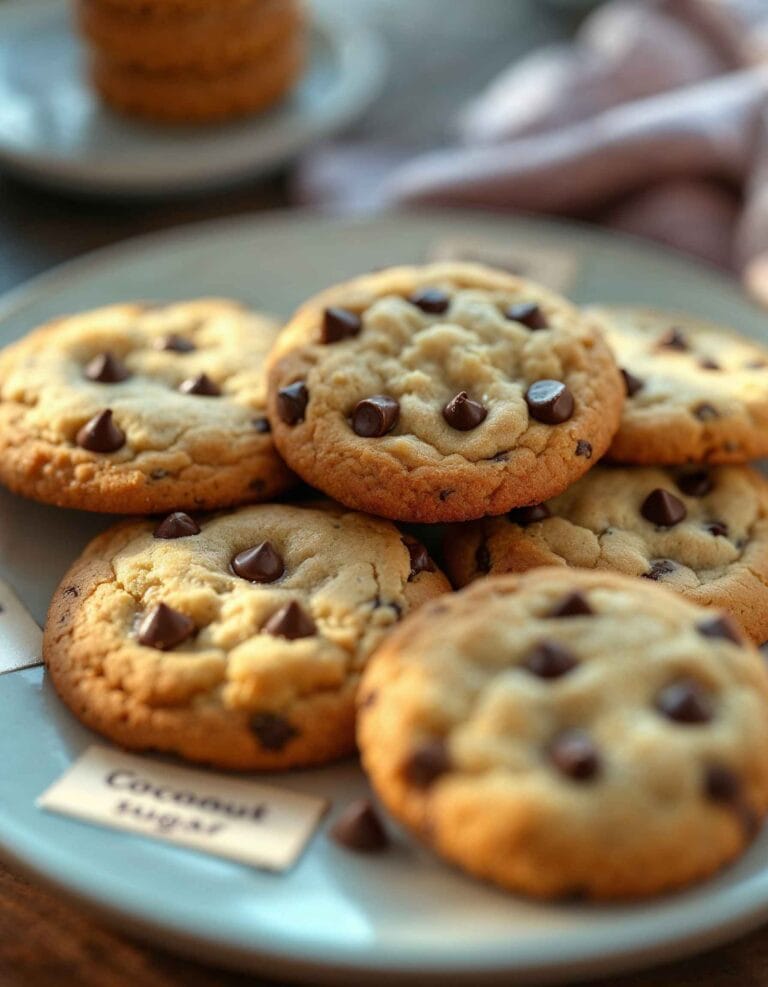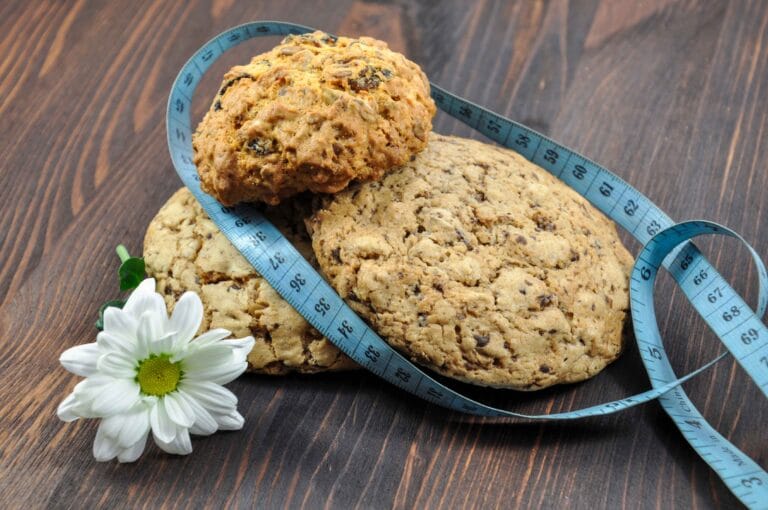Do Glass Cookie Jars Keep Cookies Fresh?
Glass cookie jars are more than just a kitchen accessory. They evoke feelings of nostalgia, often conjuring images of family gatherings, grandma’s kitchen, or moments when you savored a homemade cookie. However, the real question for practical-minded bakers and snackers is whether these jars can effectively preserve the freshness of cookies.
Fresh cookies are irresistible because of their perfect balance of flavor and texture. But if stored improperly, cookies can quickly become stale or soggy, losing their magic. Glass cookie jars are favored for their elegant and timeless design, but do they protect against the culprits of staleness, such as moisture loss and exposure to air?
In this article, we’ll examine how glass cookie jars perform as a storage solution. From the science of cookie freshness to practical tips for maximizing the utility of glass jars, we’ll cover everything you need to know to keep your cookies at their best.
How Cookies Lose Freshness
Cookies, like all baked goods, are best enjoyed when they’re fresh. Their crisp edges, chewy centers, and aromatic flavors are what make them so delightful. However, cookies can lose their freshness quickly due to several factors. Understanding these factors can help you choose the best storage method, such as a glass cookie jar, to preserve their texture and taste.
For a delightful way to add flair to your cookies before storing them, check out what is the easiest way to decorate cookies.
The Role of Moisture Loss
One of the primary reasons cookies lose their freshness is moisture loss. Depending on the type of cookie, moisture plays a crucial role in its texture:
- Soft and Chewy Cookies: These contain higher moisture levels, which can evaporate over time, leaving the cookie dry and brittle.
- Crispy Cookies: These rely on their lack of moisture to stay crunchy but can lose crispness if exposed to humid conditions.
When cookies lose moisture to the surrounding air, they become hard and unappetizing, diminishing the sensory experience that makes them enjoyable.
Exposure to Air
Air exposure is another major culprit behind stale cookies. The oxygen in the air interacts with the fats and oils in cookies, causing oxidation. This process can lead to:
- Flavor Loss: The rich, buttery notes of cookies may fade over time.
- Texture Changes: Soft cookies can harden, while crispy cookies may absorb moisture from the air, becoming soggy.
Air also carries contaminants such as dust and odors, which can affect the taste and safety of stored cookies.
Environmental Factors
The environment where cookies are stored plays a significant role in their shelf life. Key factors include:
- Humidity: High humidity levels can make crispy cookies soggy and ruin their texture. Conversely, low humidity can dry out soft cookies.
- Temperature: Fluctuating temperatures can affect the stability of fats in cookies, leading to changes in flavor and consistency.
- Light Exposure: Prolonged exposure to light can degrade the ingredients in cookies, especially if they contain chocolate or other sensitive components.
By minimizing these environmental influences, you can significantly extend the freshness of your cookies.
Glass as a Storage Material
Glass is a widely favored material for food storage, and its use in cookie jars is no exception. It combines aesthetic appeal with practical functionality, offering a way to display cookies while preserving their freshness. To understand why glass is such an effective choice, let’s explore its properties and compare it to other common storage materials.
If you’re curious about why glass is an excellent choice, explore the best material for cookie jar to find out more.
Properties of Glass for Food Storage
Glass has several attributes that make it an excellent material for storing food, including cookies:
- Non-Porous Surface: Glass is non-porous, meaning it doesn’t absorb odors, flavors, or stains from food. This ensures that your cookies retain their original taste and aroma without interference.
- Impermeability: Glass acts as a barrier against external elements such as air and moisture, helping to maintain the cookies’ texture.
- Durability: While glass is fragile compared to some materials, high-quality jars are designed to withstand regular use, making them a long-lasting storage solution.
Aesthetic and Practical Appeal
One of the unique advantages of glass cookie jars is their transparency. This feature allows you to:
- Showcase Cookies: Glass jars provide a clear view of the cookies, making them a decorative and inviting centerpiece for your kitchen.
- Monitor Freshness: The ability to see the cookies means you can easily check their condition without opening the jar, minimizing unnecessary exposure to air.
Additionally, glass jars come in various shapes and sizes, making it easy to find one that fits your kitchen décor and storage needs.
Comparison with Other Materials
When evaluating the effectiveness of glass for storing cookies, it’s helpful to compare it to other materials commonly used for food storage:
Plastic
- Pros: Lightweight, shatterproof, and often airtight.
- Cons: Plastic can absorb odors and stains over time. It’s also less environmentally friendly and may degrade with prolonged use.
Ceramic
- Pros: Decorative and often airtight with the right lid.
- Cons: Opaque, so you can’t see the cookies inside. Ceramic can also chip or crack easily.
Metal
- Pros: Durable and often resistant to air and moisture.
- Cons: Prone to rust if not properly maintained. Metal containers can also impart a metallic taste to cookies if not lined.
Why Glass Stands Out
Glass combines the best qualities of these materials. It is durable, non-reactive, and visually appealing, making it an ideal choice for cookie storage. Additionally, glass is eco-friendly and recyclable, which adds to its appeal for environmentally conscious consumers.
In the next section, we’ll discuss the importance of seals and airtightness, critical factors that determine how well a glass cookie jar preserves freshness.
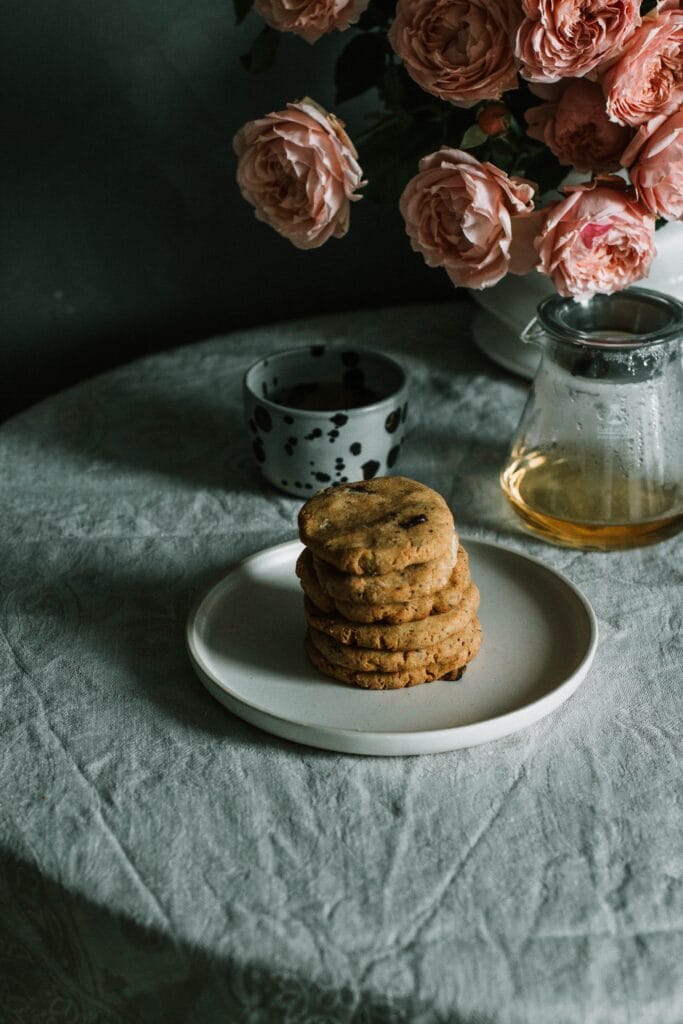
Seal and Airtightness
While glass itself is an excellent material for food storage, the effectiveness of a glass cookie jar in keeping cookies fresh depends significantly on its seal. An airtight seal prevents air, moisture, and contaminants from entering the jar, ensuring that your cookies stay fresh for as long as possible.
Understanding what type of container is best for storing cookies can help you make an informed choice.
The Importance of an Airtight Seal
Airtightness is a critical factor in cookie storage. Without it, even the best materials won’t fully protect the cookies from staling or softening. Here’s why an airtight seal matters:
- Prevents Moisture Loss: For soft cookies, keeping the moisture locked in is essential to maintaining their chewy texture.
- Blocks Humidity: For crispy cookies, an airtight seal prevents external moisture from seeping in and ruining their crunch.
- Minimizes Air Exposure: By reducing exposure to oxygen, airtight seals slow down the oxidation process, preserving the flavor and aroma of cookies.
- Protects Against Contaminants: A well-sealed jar keeps out dust, odors, and even small pests, safeguarding the cookies’ quality.
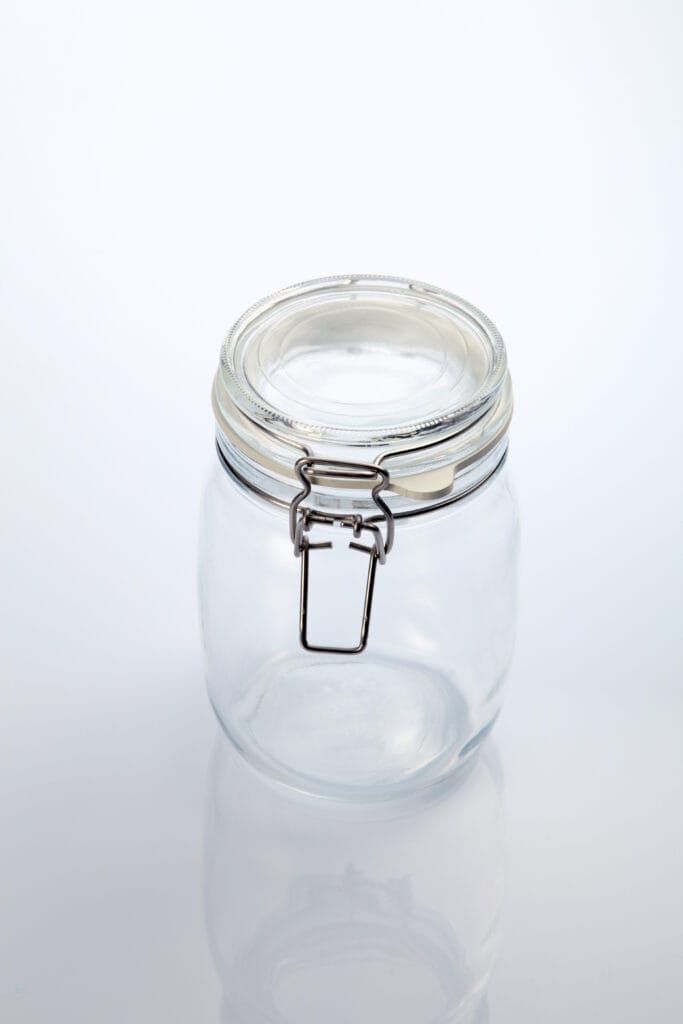
Common Types of Lids on Glass Jars
The type of lid on a glass cookie jar plays a crucial role in its ability to maintain an airtight environment. Here are the most common types:
Rubber-Sealed Clamp Lids
- These lids use a clamp mechanism with a rubber gasket to create a tight seal. They are highly effective for airtight storage and are commonly used for canning and preserving food.
Screw-On Lids
- Screw-on lids are straightforward and functional. When fitted with a rubber or silicone gasket, they can provide a reasonably airtight seal.
Press-Top Lids
- Some glass jars feature lids that press into place, often with a silicone ring to enhance airtightness. While convenient, they may not be as secure as clamp or screw-on lids.
Decorative Lids
- Many cookie jars are designed with decorative lids that prioritize aesthetics over functionality. While beautiful, these lids may not always form a proper seal, compromising the freshness of the cookies.
Tips for Ensuring a Proper Seal
To maximize the airtightness of your glass cookie jar, follow these tips:
- Check for Gaskets: Ensure the jar’s lid has a rubber or silicone gasket to create a secure seal.
- Inspect the Fit: The lid should fit snugly without gaps or loose areas. Test it by closing the jar and checking for resistance when lifting the lid.
- Clean the Seal: Dirt or crumbs trapped in the sealing area can compromise the airtightness. Wipe the rim and gasket regularly to maintain a tight seal.
- Test the Seal: Place a small amount of water in the jar, seal it, and turn it upside down. If no water leaks out, the seal is effective.
- Replace Worn Gaskets: Over time, rubber or silicone gaskets can wear out. Replace them as needed to maintain an airtight seal.
Sealing Alternatives
If your jar’s lid is not fully airtight, you can take additional measures to improve the seal:
- Use Plastic Wrap: Place a layer of plastic wrap over the jar opening before sealing the lid to reduce air leakage.
- Add a Layer of Aluminum Foil: Wrapping the opening with foil can create an extra barrier against air and moisture.
- Invest in Airtight Inserts: Some manufacturers sell inserts or gaskets that can enhance the sealing capabilities of existing jars.
In the next section, we’ll explore additional strategies for optimizing cookie storage in glass jars to ensure they stay fresh for as long as possible.
Optimizing Freshness in Glass Cookie Jars
While glass cookie jars offer an excellent foundation for storing cookies, a few additional steps can further enhance their effectiveness. By combining proper jar usage with smart storage practices, you can significantly extend the shelf life of your cookies while preserving their taste and texture.
Want to fill your jar with something extraordinary? Try these unique cookie recipes that will surprise your taste buds.
Use Parchment or Wax Paper
One of the simplest ways to maintain cookie freshness is to line the inside of the jar with parchment or wax paper. This step offers several benefits:
- Moisture Control: The paper acts as a barrier, reducing direct contact between the cookies and the glass, which can be affected by temperature changes.
- Minimizing Sticking: For cookies with sticky or chocolatey surfaces, the paper prevents them from adhering to each other or the jar.
- Layering Protection: If you’re stacking cookies, place a sheet of paper between layers to prevent breakage and maintain texture.
Add a Moisture Absorber
Moisture levels play a critical role in cookie storage. Depending on the type of cookies and your environment, you can use moisture absorbers to maintain an optimal balance:
- For Crispy Cookies: Add a small food-safe desiccant packet or silica gel packet to the jar to absorb excess moisture and keep the cookies crunchy.
- For Soft Cookies: To retain moisture, place a slice of bread or a sugar cube inside the jar. These items help maintain humidity without directly affecting the cookies.
Make sure that any added item, like bread or silica packets, does not touch the cookies directly to avoid contamination or unintended flavor changes.
Store in a Cool, Dry Place
The placement of your cookie jar can have a significant impact on freshness:
- Avoid Direct Sunlight: Exposure to sunlight can heat the jar, causing condensation inside and leading to soggy cookies.
- Stay Away from Heat Sources: Keep the jar away from stoves, ovens, or other heat-generating appliances that might affect the temperature inside.
- Choose a Dry Environment: High humidity areas, such as near sinks or dishwashers, can compromise the jar’s seal and allow moisture to infiltrate.
Limit Opening Frequency
Each time you open the jar, you introduce fresh air and potential contaminants that can affect cookie freshness. To minimize exposure:
- Batch Access: Take out the cookies you plan to eat all at once, rather than repeatedly opening the jar.
- Use a Smaller Jar: If you anticipate frequent snacking, consider splitting your cookies between multiple jars to reduce repeated exposure for the entire batch.
Consider Cookie Types
Different cookies have different storage requirements, and combining incompatible types in a single jar can lead to problems:
- Crispy vs. Soft Cookies: Mixing these two types can result in texture changes, as the moisture from soft cookies can make crispy cookies lose their crunch.
- Strong Flavors: Avoid storing cookies with strong flavors (e.g., gingerbread or mint) alongside milder ones, as the flavors can mix.
For best results, store each type of cookie in its own dedicated jar to preserve its unique qualities.
Regular Maintenance of the Jar
Even the best storage practices won’t work if the jar isn’t clean and well-maintained. Follow these steps to keep your jar in top condition:
- Clean Before Use: Wash the jar thoroughly with warm, soapy water and let it dry completely before storing cookies.
- Inspect the Seal: Check the lid and gasket for damage or wear that might compromise airtightness.
- Reclean After Each Batch: Residual crumbs or oils can affect the freshness of future batches, so clean the jar after each use.
By combining these strategies with the inherent benefits of glass cookie jars, you can create the perfect environment for keeping cookies fresh, flavorful, and enjoyable. In the next section, we’ll explore additional benefits of using glass jars beyond cookie storage.
Optimizing Freshness in Glass Cookie Jars
While glass cookie jars offer an excellent foundation for storing cookies, a few additional steps can further enhance their effectiveness. By combining proper jar usage with smart storage practices, you can significantly extend the shelf life of your cookies while preserving their taste and texture.
Use Parchment or Wax Paper
One of the simplest ways to maintain cookie freshness is to line the inside of the jar with parchment or wax paper. This step offers several benefits:
- Moisture Control: The paper acts as a barrier, reducing direct contact between the cookies and the glass, which can be affected by temperature changes.
- Minimizing Sticking: For cookies with sticky or chocolatey surfaces, the paper prevents them from adhering to each other or the jar.
- Layering Protection: If you’re stacking cookies, place a sheet of paper between layers to prevent breakage and maintain texture.
Add a Moisture Absorber
Moisture levels play a critical role in cookie storage. Depending on the type of cookies and your environment, you can use moisture absorbers to maintain an optimal balance:
- For Crispy Cookies: Add a small food-safe desiccant packet or silica gel packet to the jar to absorb excess moisture and keep the cookies crunchy.
- For Soft Cookies: To retain moisture, place a slice of bread or a sugar cube inside the jar. These items help maintain humidity without directly affecting the cookies.
Make sure that any added item, like bread or silica packets, does not touch the cookies directly to avoid contamination or unintended flavor changes.
Store in a Cool, Dry Place
The placement of your cookie jar can have a significant impact on freshness:
- Avoid Direct Sunlight: Exposure to sunlight can heat the jar, causing condensation inside and leading to soggy cookies.
- Stay Away from Heat Sources: Keep the jar away from stoves, ovens, or other heat-generating appliances that might affect the temperature inside.
- Choose a Dry Environment: High humidity areas, such as near sinks or dishwashers, can compromise the jar’s seal and allow moisture to infiltrate.
Limit Opening Frequency
Each time you open the jar, you introduce fresh air and potential contaminants that can affect cookie freshness. To minimize exposure:
- Batch Access: Take out the cookies you plan to eat all at once, rather than repeatedly opening the jar.
- Use a Smaller Jar: If you anticipate frequent snacking, consider splitting your cookies between multiple jars to reduce repeated exposure for the entire batch.
Consider Cookie Types
Different cookies have different storage requirements, and combining incompatible types in a single jar can lead to problems:
- Crispy vs. Soft Cookies: Mixing these two types can result in texture changes, as the moisture from soft cookies can make crispy cookies lose their crunch.
- Strong Flavors: Avoid storing cookies with strong flavors (e.g., gingerbread or mint) alongside milder ones, as the flavors can mix.
For best results, store each type of cookie in its own dedicated jar to preserve its unique qualities.
Regular Maintenance of the Jar
Even the best storage practices won’t work if the jar isn’t clean and well-maintained. Follow these steps to keep your jar in top condition:
- Clean Before Use: Wash the jar thoroughly with warm, soapy water and let it dry completely before storing cookies.
- Inspect the Seal: Check the lid and gasket for damage or wear that might compromise airtightness.
- Reclean After Each Batch: Residual crumbs or oils can affect the freshness of future batches, so clean the jar after each use.
By combining these strategies with the inherent benefits of glass cookie jars, you can create the perfect environment for keeping cookies fresh, flavorful, and enjoyable. In the next section, we’ll explore additional benefits of using glass jars beyond cookie storage.
Conclusion
Glass cookie jars are more than just a nostalgic kitchen accessory—they are a functional and visually appealing way to store cookies while keeping them fresh. With their non-porous surface, impermeability, and eco-friendly nature, glass jars offer a versatile storage solution that maintains the flavor, texture, and aroma of cookies.
By understanding the factors that cause cookies to lose freshness, such as moisture loss and exposure to air, you can optimize the performance of your glass jar with simple steps. From ensuring an airtight seal to using parchment paper and moisture absorbers, these measures can significantly extend the shelf life of your baked treats.
Beyond their practicality, glass cookie jars enhance your kitchen’s décor, reduce environmental impact, and provide endless versatility for other storage needs. Whether you’re storing cookies, organizing supplies, or creating decorative displays, these jars are a timeless addition to any home.
By investing in high-quality glass jars and maintaining them properly, you’ll not only enjoy fresher cookies but also add a touch of elegance and efficiency to your everyday life. In the end, a glass cookie jar proves to be an ideal combination of beauty and functionality.

